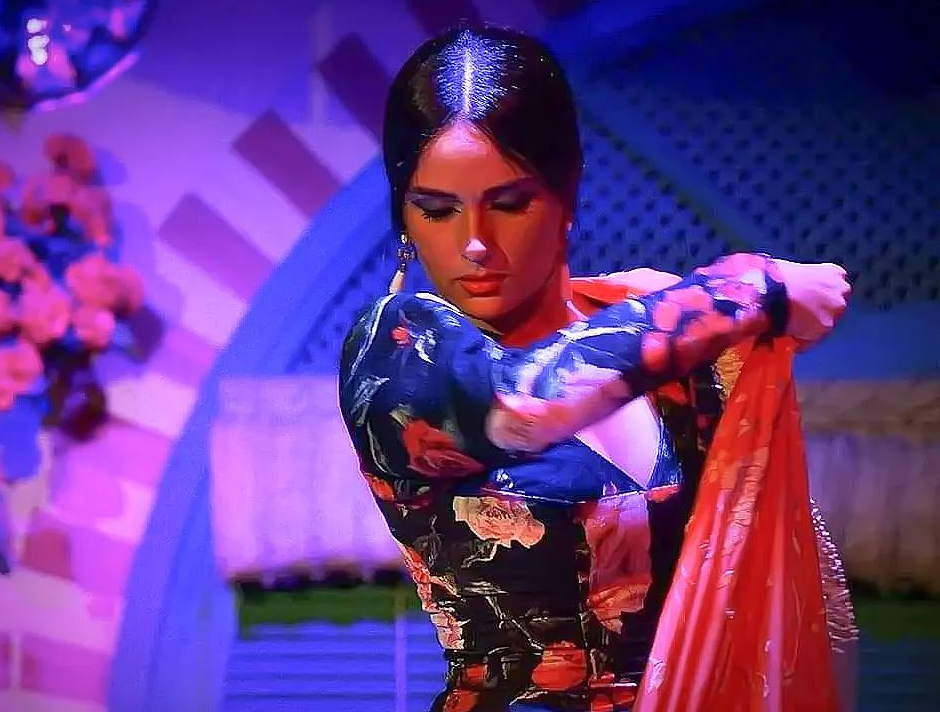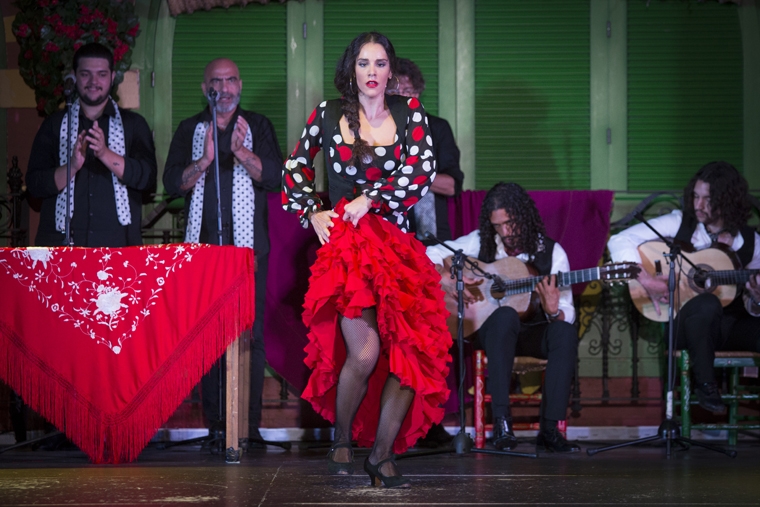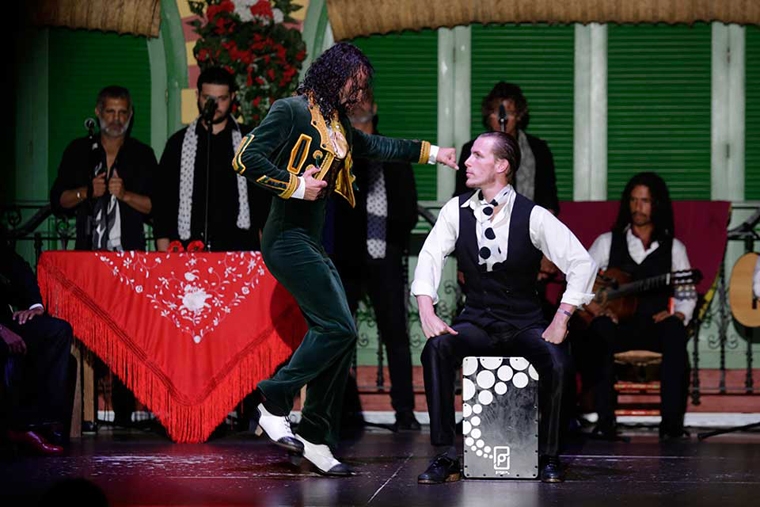
Expressions like ‘follow the compass’, ‘do not lose the compass’ or ‘how well do you carry the compass’ are typical of flamenco slang. But what is the flamenco compass and what is the importance for the singing, the dance and the music of this art?
Let’s start with the principle, to define what is the flamenco compass. The compass is a technical element of music in general, but in flamenco plays a decisive role in dance, singing and guitar and, therefore, in the expressiveness of artists.
To understand it better, let’s turn to a practical example. When we hear music, we hear a kind of heartbeat, a constant pulse that originates a rhythm in our interior that drives us to follow it instinctively with the feet, the palms or the movement of the body.
Regularly, one of those pulses or times has more emphasis, is what is called the accent. This pattern of accents and pulses in a repeated manner is what gives rise to the compasses.
In the case of flamenco, the compass serves to differentiate the different rhythms that can be made with the hands, the tapping, the ‘flamenco box’ and, above all, for singing, dancing and guitar.

For many, the compass is a key element in flamenco and one of the most distinctive characteristics of this genre, while also representing one of the main obstacles we encounter when understanding this art.
In conclusion we can say that the flamenco compass is the rhythmic pattern or the metric on which the flamenco styles are made, which helps to differentiate them because it is the way you have to measure the time each one.
Depending on the style, the compass is ternary (three times) or binary (two times), although the most characteristic of flamenco is the amalgam, the flamenco compass that combines the binary and the ternary.
Some flamenco styles have a certain rhythmic structure such as Soleá, Siguiriya, or Bulería, for example, while others do not adopt a specific flamenco rhythm. These are the so-called free styles and this is the case of the Tonás, Taranta, Granaínas or Malagueña, among others.
Styles originating in traditional Andalusian music, which have been integrated into flamenco, usually have the ternary rhythm, a rhythm typical of Spanish popular music such as the Fandangos or the Seguiriyas. The Fandango of Huelva is a clear example of how the three-beat flamenco compass is repeatedly marked.
Each time of a compass can be divided into two or three smaller parts, which is known as the binary or ternary subdivision compasses. For us to understand it better we will give an example. In the 2/4 time signature there are two times (pam / pam). It is a binary compass that can be divided into two parts each time (pam-pam / pam-pam).
The 3/4 is a ternary compass and a binary subdivision too, since each part can be divided into two parts at the same time. And conversely 3/4 is the 6/8, compass that is marked in two times divided into groups of three, that is why it is a binary compass of ternary subdivision.
The flamenco amalgam compass is the one that combines a binary and a ternary, that is, alternates 6/8 and 3/4 or 3/4 and 6/8, a combination that gives rise to a 12-beat musical metric, which is the rhythmic base of the most important flamenco palos such as the Soleá, the Seguiriya, the Bulerías or the Alegrías.
If there is a compás that predominates in flamenco that is the ternary that is the one of the fandangos or the one of the sevillanas, styles that are sung, played and dance on a 3/4 time signature.
Another feature of the flamenco compass is the flexibility with which artists perform it. Given that the aesthetics of this art has been modeled in conjunction with the guitar and the dance, the elasticity of the flamenco compass is the way to resolve the tension that is generated in the singer with the need to sing along the compass, but to be able to do it with expressive freedom.

Those who have no problem following the flamenco rhythm is the cast of artists who give life to the flamenco show that takes place every night in our flamenco tablao. If you want to enjoy a unique atmosphere, come to our show in Seville and `do not miss the flamenco compass‘!
© 2025 El Palacio Andaluz. All rights reserved.